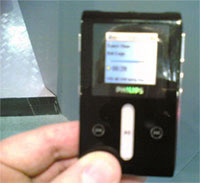 In an increasingly crowded marketplace, heavily dominated by iPod products, rival MP3 manufacturers are constantly foraging around to unearth new Unique Selling Points.
In an increasingly crowded marketplace, heavily dominated by iPod products, rival MP3 manufacturers are constantly foraging around to unearth new Unique Selling Points.
After Apple scored another direct hit with the iPod shuffle – a simple player offering randomised MP3 playback – the boffins at Philips were dispatched to their techie bunker and told not to come out until they’d come up with something Very Special Indeed.
And it seems that they might have come up trumps, with the new Philips HDD093 and HDD095 models.
Although they may not look too revolutionary, sporting the usual feature set (small form factor, 3GB drives, ten hours of battery life, MP3/WMA playback, greyscale and colour screens) the killer stroke comes with an intriguing new feature regaling under the deceptively simple name of ‘Like Music’.
This smarty-pants widget has the ability to ‘thread’ songs based on common attributes, including genre, tempo, and overall mood.
So, if you’re swinging your pants to some crazy punk music, engaging the ‘Like Music’ feature should get your MP3 player to intelligently serve you up 20 more tracks that it thinks sounds similar to what you’re currently listening to.
And it doesn’t just serve up any old stuff either – apparently, the player uses 40 metrics to locate tracks with a familiar beat, instrument line-up, and tempo, so you shouldn’t find a Kylie track wedged between Green Day and the Pistols.
Although we’ve yet to be sent a player to test for ourselves (excuse us while we deliver a loud cough in the direction of Philips), this looks like a really compelling feature, and one that could give Philips an edge over their rivals.
After all, with MP3 players increasingly being stuffed full of thousands of tracks which are often mislabelled or just lumped together in over-flowing folders, mood-based sequencing could prove to be the best way to keep the party going.
The players will debut in the late summer for around £200. Drunk MP3 DJs will love them.
Photo credit: Engadget.
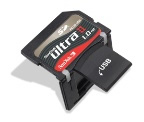 SanDisk today introduced the less-than-snappily entitled SanDisk Ultra(TM) II SD(TM) PLUS, an innovative SD flash memory card with built-in USB connectivity.
SanDisk today introduced the less-than-snappily entitled SanDisk Ultra(TM) II SD(TM) PLUS, an innovative SD flash memory card with built-in USB connectivity.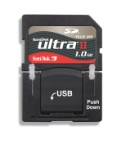 SanDisk expects the card to initially be available in two capacities with the 512MB card having a suggested retail price of $109.99 (£58, €84) and the 1GB version carrying a suggested price of $149.99 (£79, €115)
SanDisk expects the card to initially be available in two capacities with the 512MB card having a suggested retail price of $109.99 (£58, €84) and the 1GB version carrying a suggested price of $149.99 (£79, €115) Punching endless buttons and shouting at your video recorder could become a thing of the past thanks to Opera Software’s new voice-enabled Electronic Program Guide (EPG) for home media.
Punching endless buttons and shouting at your video recorder could become a thing of the past thanks to Opera Software’s new voice-enabled Electronic Program Guide (EPG) for home media.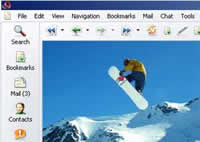 Opera will also be rolling out a new voice-enabled edition of the Opera browser for PCs.
Opera will also be rolling out a new voice-enabled edition of the Opera browser for PCs. A 19-year-burglar is now enjoying an eleven month stretch at Her Majesty’s Pleasure after he was photographed burgling a house by the owner’s Webcam.
A 19-year-burglar is now enjoying an eleven month stretch at Her Majesty’s Pleasure after he was photographed burgling a house by the owner’s Webcam.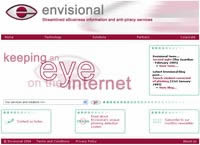 We may not win many things these days, but when it comes to downloading pirated television, us Brits can puff out our chests and proudly declare, “we’re number one!”
We may not win many things these days, but when it comes to downloading pirated television, us Brits can puff out our chests and proudly declare, “we’re number one!” The downloading frenzy has been driven by the consumer-annoying practice of releasing popular US TV shows such as “The West Wing,” “The Sopranos” and “Friends” months after they’ve been seen by our American cousins.
The downloading frenzy has been driven by the consumer-annoying practice of releasing popular US TV shows such as “The West Wing,” “The Sopranos” and “Friends” months after they’ve been seen by our American cousins.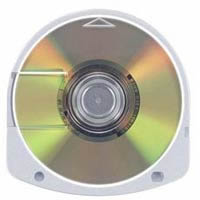 Kids today, eh? Spoilt rotten they are.
Kids today, eh? Spoilt rotten they are. The Internet! It’s stuffed full of evil kiddie fiddlers and dodgy geezers out to grab our children!
The Internet! It’s stuffed full of evil kiddie fiddlers and dodgy geezers out to grab our children!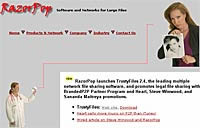 TrustyFiles also keeps an eye on users’ Web habits, spawning a warning message when a user enters a search term known to be associated with child pornography.
TrustyFiles also keeps an eye on users’ Web habits, spawning a warning message when a user enters a search term known to be associated with child pornography. UK 3G operator
UK 3G operator 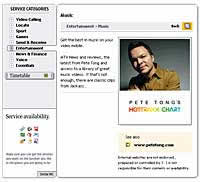 Not all of these videos will be available concurrently, however, as 3 have an editorial team selecting popular content for their
Not all of these videos will be available concurrently, however, as 3 have an editorial team selecting popular content for their 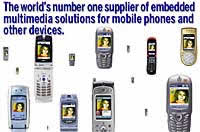 In their 2005 “State of the Company” address just made public,
In their 2005 “State of the Company” address just made public,  PacketVideo specialises in building and ‘commercializing’ (we think that’s American for “selling”) multimedia capabilities such as VOD, music on demand (MOD) and two-way video communication and messaging.
PacketVideo specialises in building and ‘commercializing’ (we think that’s American for “selling”) multimedia capabilities such as VOD, music on demand (MOD) and two-way video communication and messaging.